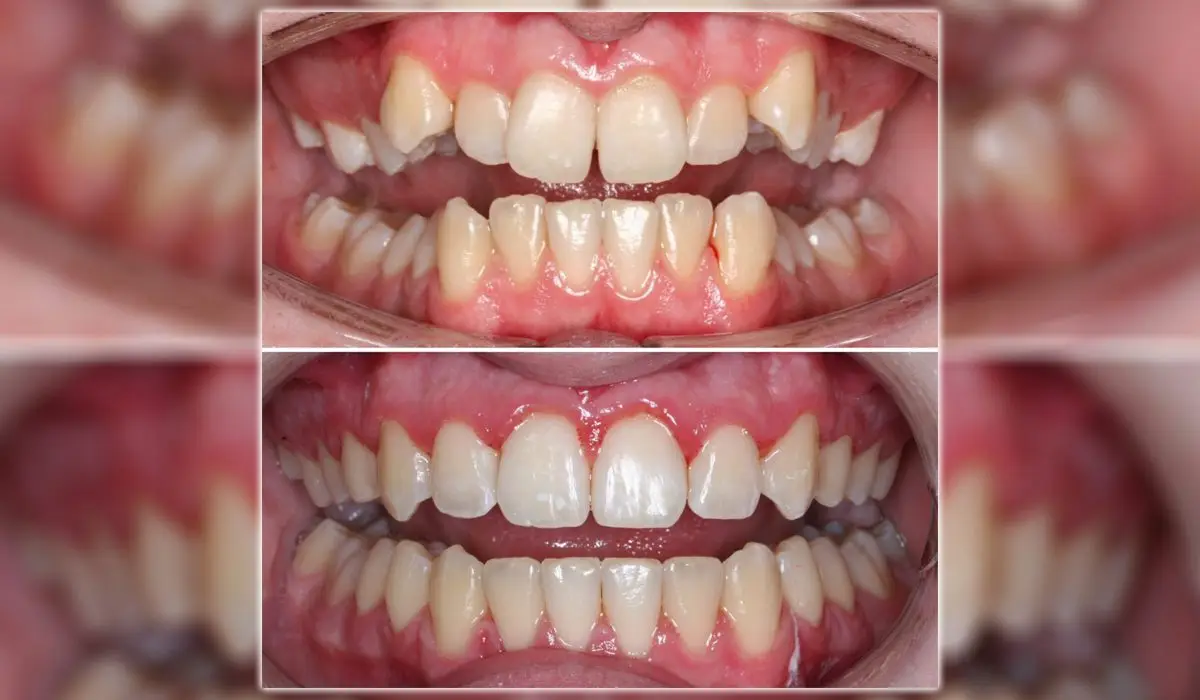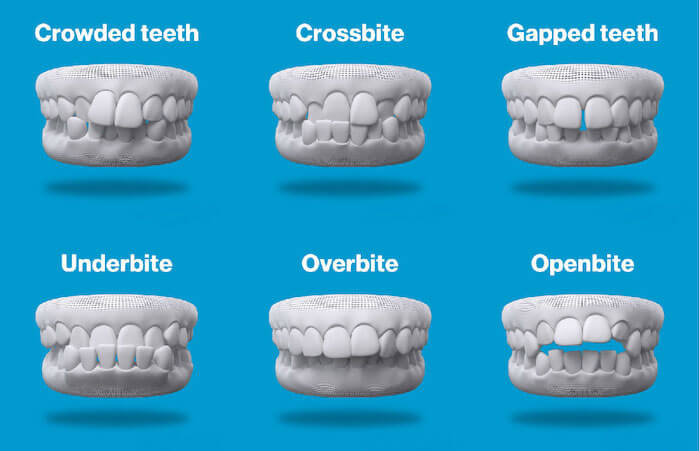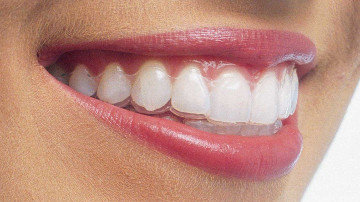Top Reasons to Select Invisalign Over Other Orthodontic Treatments
Top Reasons to Select Invisalign Over Other Orthodontic Treatments
Blog Article
Invisalign vs. Conventional Dental braces: Which Alternative Is Right for You?
When thinking about orthodontic treatment, the selection in between Invisalign and conventional braces presents a number of essential aspects that merit mindful assessment. Invisalign provides a very discreet choice with removable aligners, while typical dental braces provide an extra noticeable yet efficient solution for severe misalignment. Each option incorporates distinctive advantages and downsides connected to appearances, convenience, treatment period, and cost. Understanding these subtleties is vital for making an educated choice that straightens with your personal choices and lifestyle. The question remains: which alternative will finest satisfy your orthodontic needs and expectations?
Review of Treatment Alternatives

In comparison, standard dental braces contain metal braces and cables that are adhered to the teeth. This method uses continual pressure with time to accomplish placement. While effective for complicated orthodontic problems, typical braces need normal brows through for adjustments and can position obstacles in keeping oral hygiene due to the problem of cleaning up about cables and braces.
Both choices have their values, and the selection usually hinges on details dental problems, way of living preferences, and patient conformity. Inevitably, speaking with an orthodontic expert is critical for figuring out one of the most ideal therapy strategy customized to private requirements. Understanding the nuances of each option can significantly influence the overall success of orthodontic treatment.
Aesthetic Considerations
A considerable element affecting the option between Invisalign and conventional dental braces is the aesthetic allure each therapy provides. Invisalign aligners are crafted from clear plastic, making them basically undetectable when worn.
On the other hand, conventional dental braces consist of steel brackets and cords, which can be a lot more visible. While improvements in orthodontic technology have actually resulted in the growth of smaller braces and colored elastics, typical dental braces still keep an even more conspicuous account. For some individuals, the exposure of braces might discourage them from looking for needed therapy.
Eventually, the selection in between Invisalign and traditional dental braces may depend upon personal choices relating to aesthetic appeals. People who focus on discernment often favor Invisalign, while those who are much less worried about exposure might choose typical braces. Recognizing the aesthetic ramifications of each alternative is important for making an educated decision that lines up with one's way of living and choices.
Comfort and Convenience

In regards to benefit, Invisalign aligners are detachable, enabling patients to enjoy their favored foods without constraint and preserve optimal dental hygiene. Cleaning and flossing are streamlined, as the aligners can be obtained throughout these regimens, whereas conventional braces call for cautious navigating around braces and cords.
In contrast, traditional braces demand routine adjustments, making them much less convenient for those with hectic schedules. Generally, the comfort and comfort of Invisalign make it an attractive choice for several individuals looking for orthodontic therapy.
Treatment Period and Efficiency
While both Invisalign and conventional braces are efficient in dealing with dental imbalances, the period of treatment can vary significantly in between the two choices. Commonly, Invisalign treatment can take anywhere from 12 to 18 months, depending upon the intricacy of the instance. The clear aligners function by gradually changing teeth right into their desired settings, and normal follow-ups with an orthodontist aid ensure development stays on the right track.
In comparison, traditional braces typically require a longer commitment, normally varying from 18 months to 3 years. This results from their set nature and making use of wires and brackets, which can be much more reliable for serious misalignments and complex cases (Invisalign). The treatment efficiency of typical dental site braces is well-documented, as they permit for precise adjustments and greater control over tooth movement
Inevitably, the option in between Invisalign and typical dental braces might rest on both the expected treatment duration and the specific dental issues at hand. Consulting with an orthodontist is crucial, as they can supply tailored suggestions based on individual needs, guaranteeing the picked approach lines up with preferred timeframes and end results.
Expense Contrast and Insurance Policy Alternatives
Expense plays a considerable role in the decision-making process for people considering orthodontic therapy, whether going with Invisalign or traditional dental braces. Usually, the price of Invisalign varieties from $3,000 to $8,000, company website while traditional dental braces normally cost between $2,000 and $6,000. Variables affecting these costs consist of the complexity of the case, the duration of therapy, and geographical place.
Many dental insurance strategies provide partial protection for orthodontic therapies, but the specifics can vary commonly. Usually, conventional braces might be extra frequently covered by insurance coverage strategies contrasted to Invisalign, which some insurance firms categorize as a cosmetic procedure.
Additionally, several orthodontic practices supply adaptable repayment plans, making both treatment options much more accessible. Clients ought to make inquiries concerning possible funding alternatives and discounts for upfront payments. Assessing the complete price, consisting of insurance benefits and layaway plan, is necessary for making an educated choice that aligns with both visual choices and budget considerations.

Conclusion
In summary, the option in between Invisalign and traditional dental braces pivots on multiple elements, including aesthetic preferences, comfort, therapy period, and expense. Invisalign provides a discreet, removable option that facilitates dental health and dietary adaptability, while traditional dental braces might be better for complicated oral problems and typically come at a reduced rate factor. Inevitably, assessment with an orthodontist is vital to evaluate private scenarios and figure out the most appropriate treatment option for achieving optimum oral positioning.
When thinking about orthodontic treatment, the option between Invisalign and traditional dental braces provides several vital aspects that merit cautious assessment.Contrasting Invisalign and traditional dental braces reveals distinctive treatment choices for orthodontic adjustment.While both Invisalign and typical braces are effective in dealing with dental imbalances, the duration of therapy can differ substantially between the 2 options.Expense plays a considerable duty in the decision-making process for people considering orthodontic therapy, whether opting for Invisalign or standard dental braces.In summary, the option in between Invisalign and conventional dental braces hinges on several variables, including visual choices, comfort, therapy period, and expense.
Report this page